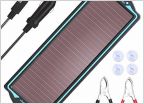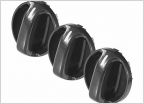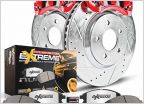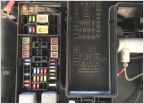-
Welcome to Tundras.com!
You are currently viewing as a guest! To get full-access, you need to register for a FREE account.
As a registered member, you’ll be able to:- Participate in all Tundra discussion topics
- Transfer over your build thread from a different forum to this one
- Communicate privately with other Tundra owners from around the world
- Post your own photos in our Members Gallery
- Access all special features of the site
More Pink Milkshake
Discussion in '1st Gen Tundras (2000-2006)' started by remington351, Jan 12, 2019.
Page 2 of 4
Page 2 of 4


 Parasitic drain on battery .13 volts in 24 hrs
Parasitic drain on battery .13 volts in 24 hrs "Fancy" climate control knobs for Gen 1?
"Fancy" climate control knobs for Gen 1? Retainer clips don't fit on caliper. Can I simply go without them?
Retainer clips don't fit on caliper. Can I simply go without them? Brake pulsing - hot spots or out of round rear drum?
Brake pulsing - hot spots or out of round rear drum? Part # for 2006 DC Foglight Relay
Part # for 2006 DC Foglight Relay

